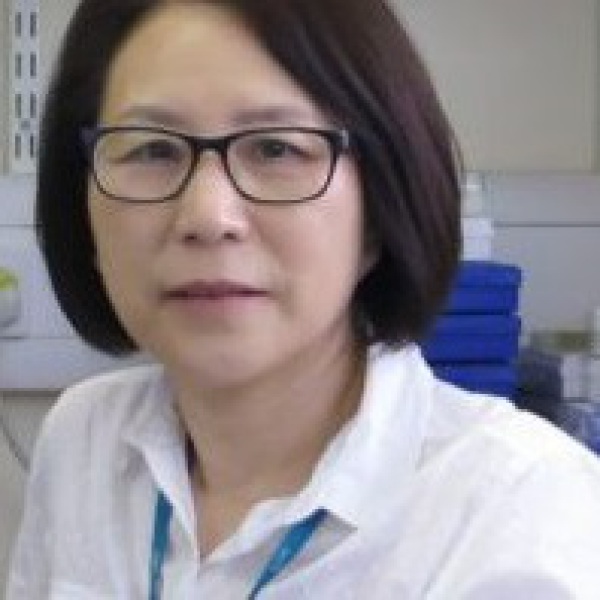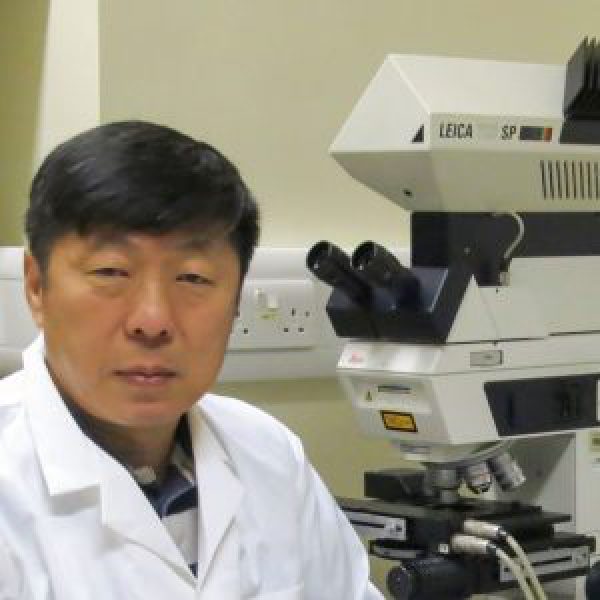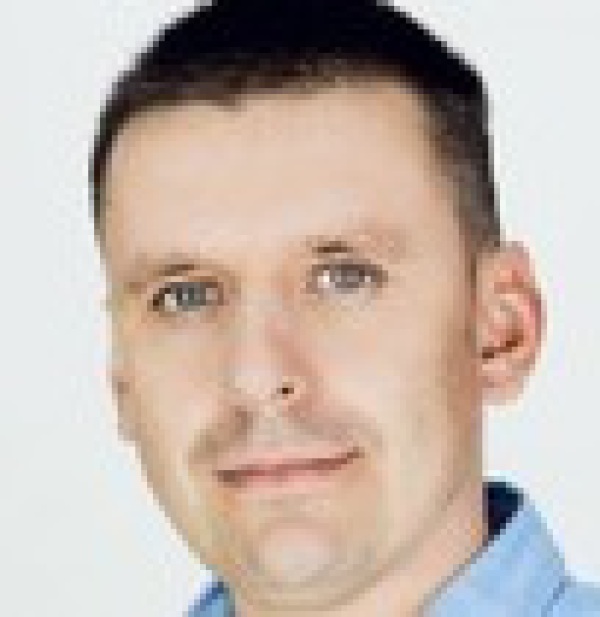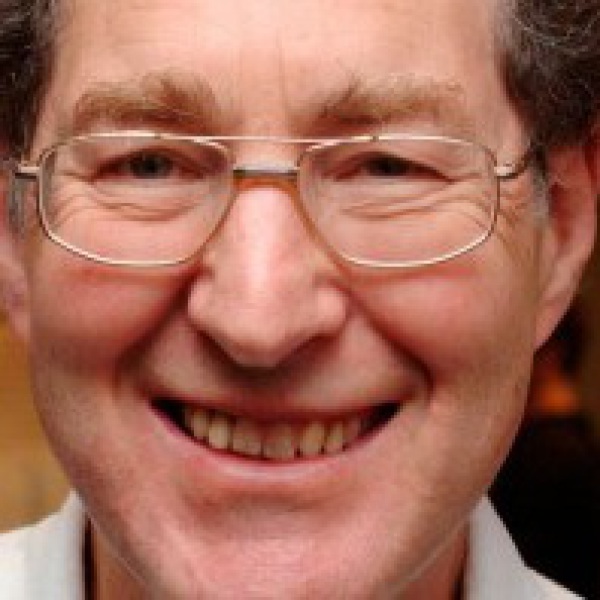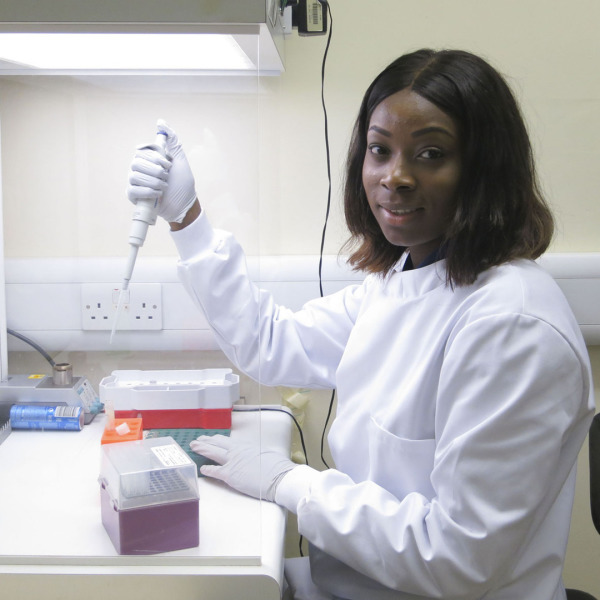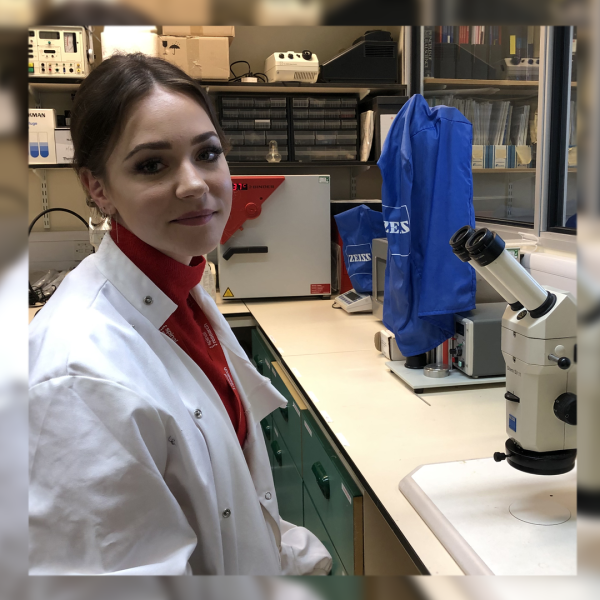Our Team
Professor Ying Li
Professor Ying Li is a renowned research scientist in the field of spinal cord injury repair by cell transplantation in experimental models.
The late Professor Geoffrey Raisman formed the team that Professor Li now leads with Dr. Daqing Li.
Professor Li is collaborating with Dr. Pawel Tabakow and his team to translate the laboratory work to clinical application.
She was involved in the treatment of the first spinal cord injury patient by autologous transplantation of OECs obtained from the patient’s own olfactory bulb.
It was a very successful case and the team are now planning to treat more patients.
Dr. Daqing Li
Dr. Daqing Li is a cell culture specialist working at the Spinal Repair Unit, the Department of Brain Repair and Rehabilitation, UCL Institute of Neurology.
Dr. Li carries out the central role of culturing and characterising the rat and human olfactory ensheathing cells (OECs) and their preparation for transfer to the site of injury.
He collaborated with Dr. Pawel Tabakow and his team to grow the OECs for the first successful case of autologous transplantation of the OECs to treat spinal cord injury.
Dr. Li is now working closely with colleagues to prepare for the treatment of more patients.
This preparation includes efforts to improve techniques of tissue acquisition, cell culture and efficient use of the limited cell numbers with fabrication of cellular-biomaterial scaffolds
Dr Pawel Tabakow
Dr. Pawel Tabakow is a leading neurosurgeon. He has received funding from nsif to pursue the clinical application of Professor Raisman’s research, having been inspired by the professor’s work.
Dr. Tabakow is a consultant neurosurgeon in the Department of Neurosurgery at Wroclaw University Hospital. He is also an assistant professor in neurosurgery at Wroclaw Medical University.
His clinical work is mainly focused on minimally invasive neurosurgery. He performs operations in the field of brain oncology, functional neurosurgery, spinal cord pathologies and hydrocephalus, using microsurgical, neuro-endoscopic and stereotactic systems as well as intraoperative image-guided approaches.
He invented the technique of intraoperative ventriculography using the low field intraoperative magnetic resonance imaging during the endoscopic treatment of hydrocephalus and arachnoid cysts (paper published in Neurosurgery 2013 Vol.73(4); s.730-738).
In 2002, he co-founded with Professor Wlodzimierz Jarmundowicz, the head of the Department of Neurosurgery Wroclaw Medical University, an interdisciplinary team working on the possibility of using olfactory ensheathing cells in the treatment of patients with a complete spinal cord injury. The team’s work led in 2008 to the first successful intraspinal transplantation of these cells, led by Dr. Tabakow. The team started collaborating with Professor Raisman’s team in 2010 to take this procedure to the next stage.


